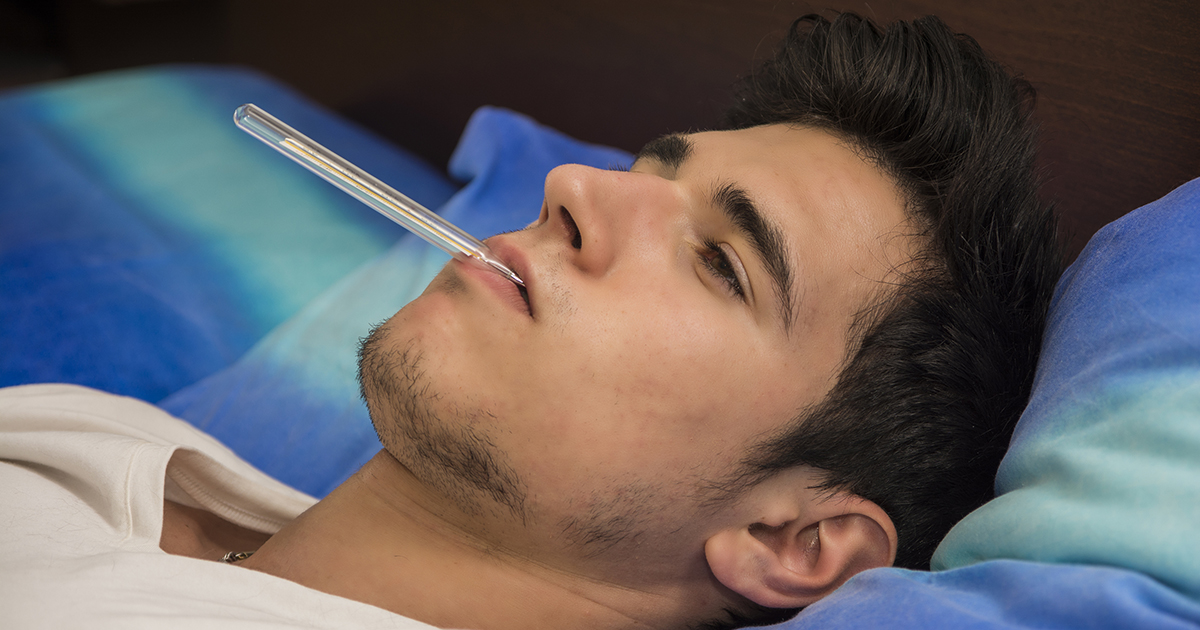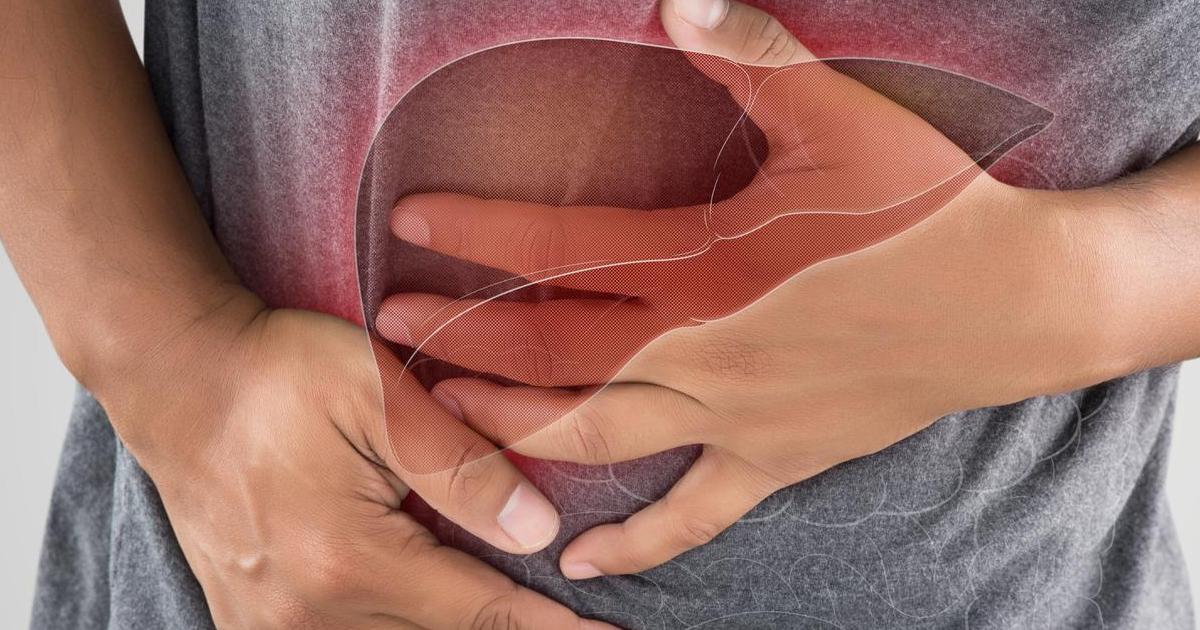Symptoms Linked To Yellow Fever
Yellow fever is a mosquito-borne virus commonly found in tropical areas of South America and Africa. According to the World Health Organization, yellow fever is responsible for approximately thirty thousand deaths each year worldwide, and approximately 200,000 cases of clinical disease. If individuals are planning on traveling to tropical locations where they might be at risk for catching yellow fever, there are a few things they'll need to consider for their safety. Since there is a vaccine for yellow fever, it is highly recommended for individuals to get the vaccine prior to traveling to countries and regions that may serve as a reservoir for the virus. Taking into account the time of year and the specific regions individuals will be traveling to may also have a role in how high the risk of contracting the yellow fever virus may be. Since mosquitos normally thrive in humid climates, laying their eggs in stagnant water, the rainy seasons and the beginning of the dry season immediately afterward are the seasons in which the risk for yellow fever is at its peak. Even with the proper precautions though, it is important to keep an eye out for any symptoms of yellow fever.
The most dangerous aspect of yellow fever is the fact it is initially asymptomatic, which means symptoms don't develop at the condition's onset, but only begin appearing after the gestation period has finished and the disease has already begun to spread in the patient's body. Most patients develop symptoms within three to six days once the disease enters its acute phase. While most individuals who contract yellow fever recover within one to two weeks, one in seven cases contract a more severe strain of the disease that enters the toxic phase and can cause more severe and potentially life-threatening symptoms.
Uncover symptoms of yellow fever now.
Muscle Aches And Headaches

After about three days time, most patients suffering from yellow fever start getting sudden and severe headaches, as well as overall body aches. Depending on an individual's pain tolerance, as well as other factors, the severity of the headaches can vary from person to person. These muscle aches and headaches can persist for the next week or so until the infected individual recovers from the disease, or in rare and more serious cases, the virus enters the toxic phase. These headaches may also cause dizziness, and be accompanied by nausea and vomiting as well. These aches and pains can linger well into the recovery phase, which can take several weeks.
Discover more warning signs of yellow fever now.
Light Sensitivity

Individuals suffering from yellow fever also tend to suffer from intense light sensitivity, the onset of which is usually around the same time as the muscle aches and headaches. Wearing sunglasses as well as keeping lights off can help mitigate the heightened sensitivity, as well as help slightly with keeping the headaches from getting worse. This light sensitivity can also exacerbate other symptoms such as nausea, dizziness, vomiting, and headaches. If vomiting is one of the symptoms, patients should note there may be blood in their vomit as well due to the yellow fever virus. Individuals should avoid taking nonsteroidal anti-inflammatory medications if they suspect they may have yellow fever, as these medications may increase the risk of internal bleeding.
Learn more about the symptoms of yellow fever now.
High Fever

The aches linked to yellow fever are often followed by a high fever a few days after. Due to the body's natural inflammatory response to the disease, along with the increase in body temperature due to the fever, many of the initial symptoms of yellow fever compound upon one another. The fever can cause additional aches and sensitivity as well due to the increased pressure caused by the body's natural immune system's inflammatory response. The fever comes with most symptoms patients would normally expect, including the aches and pains, cold sweat, chills, et cetera. Once the fever subsides, the yellow fever virus goes into remission and most patients enter the recovery phase, which can take several weeks. A small percentage of patients have the virus flare up again as it enters its toxic phase, causing more dangerous symptoms.
Continue reading to reveal more indicators of yellow fever now.
Jaundice

If the virus reaches its toxic stage, the symptoms of yellow fever become far more severe. The first sign the disease may be heading towards the toxic stage is jaundice, or yellowing of the eyes and skin, and can also cause the darkening of urine and lightening of stool. This yellow pigmentation of the skin is usually caused by a build-up of bilirubin, which usually signifies a build-up of bile in the liver as well as an early warning sign there may be other potential and more serious liver problems such as liver damage, blockage of the bile duct in the liver, or improper secretion of bile in the body. Bilirubin is produced by the breaking down of red blood cells by the bile in the liver, which in turn results in the yellow skin tone and yellowing of the whites of the eyes.
Get more details on the symptoms of yellow fever now.
Liver And Kidney Failure

While jaundice itself isn't the most serious symptom one with yellow fever can develop, it is usually the precursor to complete liver and kidney failure. This is because the yellow fever virus implants its RNA into the body's host cells, usually those in the liver and kidney, and hijacks the enzymes and ribosomes involved in the normal production of cell RNA, causing them to replicate the virus RNA instead. In doing this, the cell no longer functions as normal, and simply replicates the virus until it bursts, releasing the virus and allowing it to spread to other healthy host cells. Normally, the immune response causes macrophages to attack and consume these infected cells along with the viruses in order to mitigate damage to the body, though a weakened immune system may not be strong enough to properly combat the virus, leading to a further increase in symptom severity.